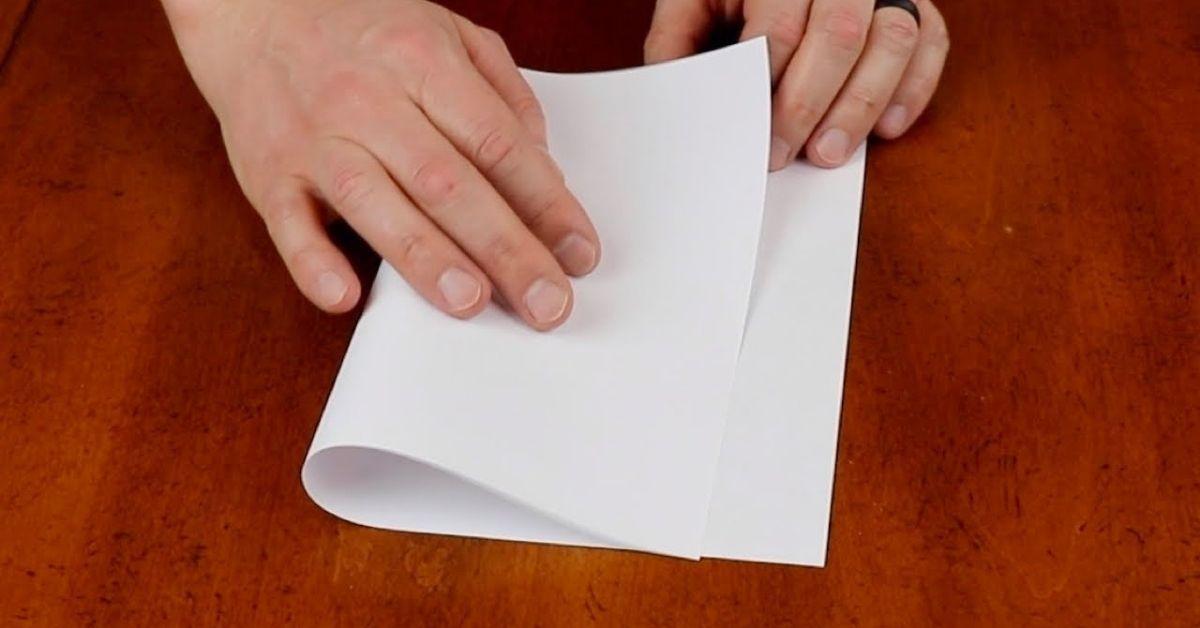Depending on the physical characteristics of whichever specimen you’re observing, it’s easy to mistake a coral for a plant or rock. Soft corals, such as sea fans or sea whips, look a lot like underwater plants, often flexible and feathery. Hard or stony corals, on the other hand, feature outer skeletons that make them look like rocks. In reality, though, corals are immobile animals—and they play a significant and irreplaceable role in balancing the global ecosystem.
Corals are mainly thin, soft-bodied invertebrates called polyps. As adults, they’re sessile; like many plants, they stay rooted in a permanent spot for the rest of their existence. Polyps of the hard or stony coral type form exoskeletons out of calcium carbonate, serving as protection against other animals or strong waves.
When polyps in a colony (typically hundreds or even thousands grouped together) deposit calcium carbonate beneath their bodies, they form a massive structure called a coral reef. These reefs provide shelter for numerous marine species and facilitate nutrient recycling. Thus, they’re invaluable, indispensable constants in many of the planet’s most biodiverse underwater areas.
Corals are incapable of producing their own food, which explains the symbiotic relationship they formed over millions of years with microscopic algae called zooxanthellae. Aside from being their primary food source, zooxanthellae also give corals their brilliant colors. Rising water temperatures strain this relationship, though, and at a certain point, the corals end up expelling the algae. This results in the corals turning white (coral bleaching). Though this doesn’t mean instant death for corals, they will perish if they don’t recover soon enough.
The climate crisis is the primary culprit behind rising ocean temperatures. Meanwhile, harmful fishing practices and pollution hinder coral recovery. If we allow these to continue, it won’t take long before worldwide coral reef deterioration decimates marine populations, depletes our resources, and ultimately devastates life as we know it.
Still remember your 5th-grade science classes? Test your knowledge and see if you still remember these facts and fundamental concepts in human anatomy, biology, botany, and other branches of science. Click here to try the “Are You Smarter Than A Pinoy Fifth-Grader” Challenge.
Follow the hashtag #FlipFacts on Facebook and Instagram to get your daily dose of science trivia!
Cover photo: Brian Kinney
References
- https://oceanservice.noaa.gov/facts/coral.html
- https://www.gmanetwork.com/news/scitech/science/709564/a-lsquo-vip-rsquo-of-global-marine-biodiversity-in-the-philippines/story/
- https://www.icriforum.org/about-coral-reefs/what-are-corals
- https://www.inverse.com/article/34200-coral-plant-animal-great-barrier-reef-bleaching
- https://www.nationalgeographic.org/encyclopedia/coral/
Author: Mikael Angelo Francisco
Bitten by the science writing bug, Mikael has years of writing and editorial experience under his belt. As the editor-in-chief of FlipScience, Mikael has sworn to help make science more fun and interesting for geeky readers and casual audiences alike.










